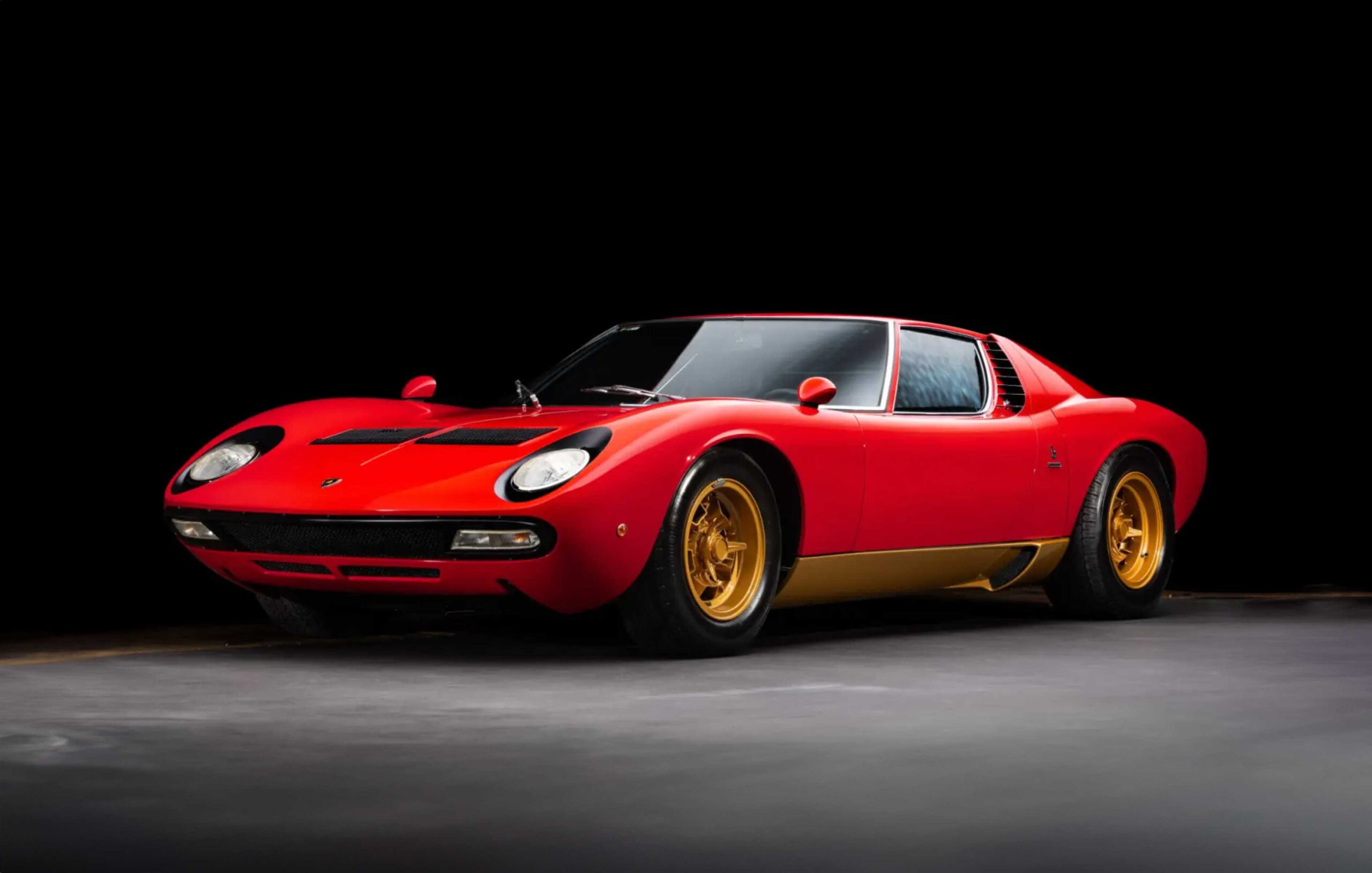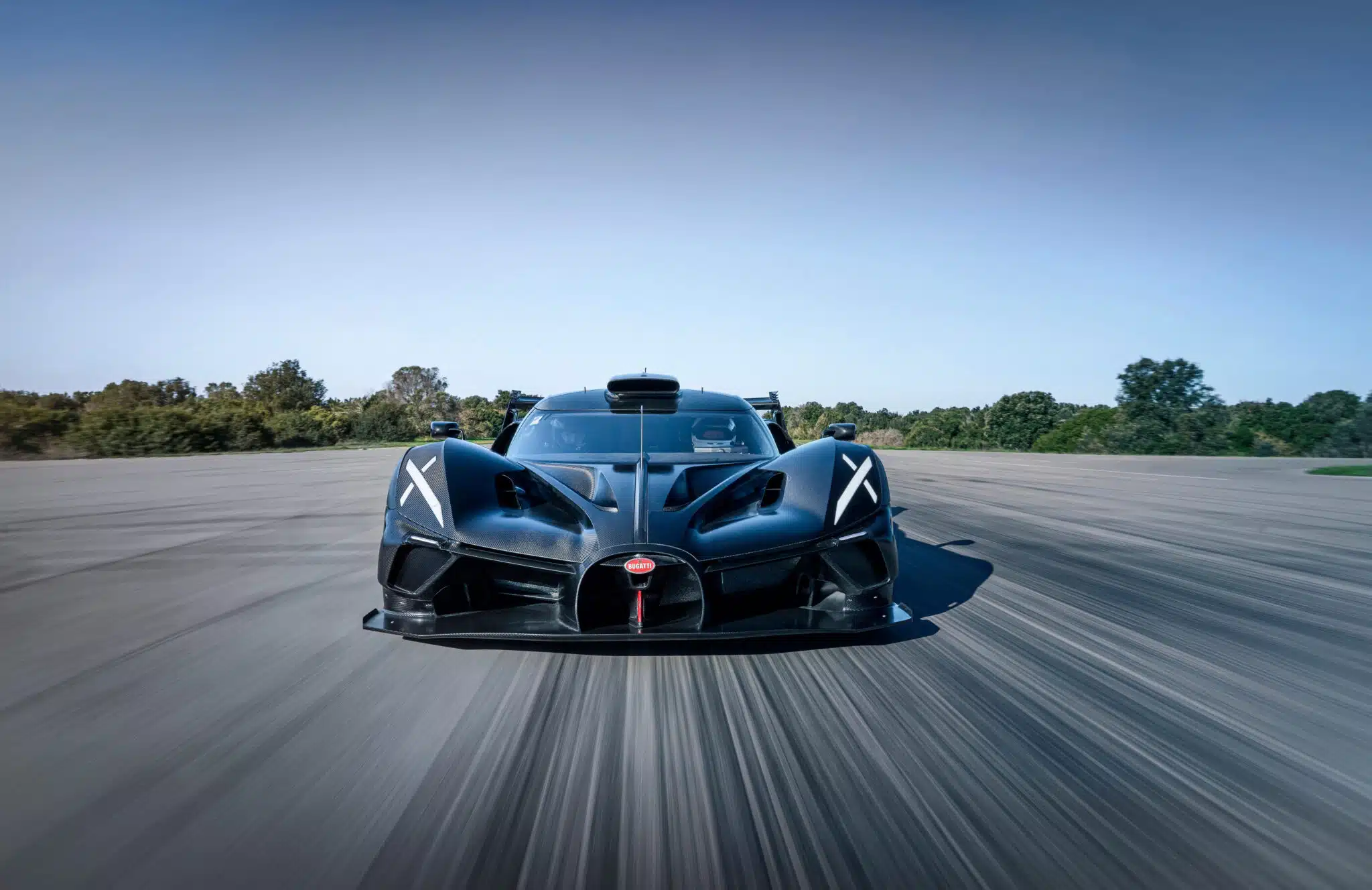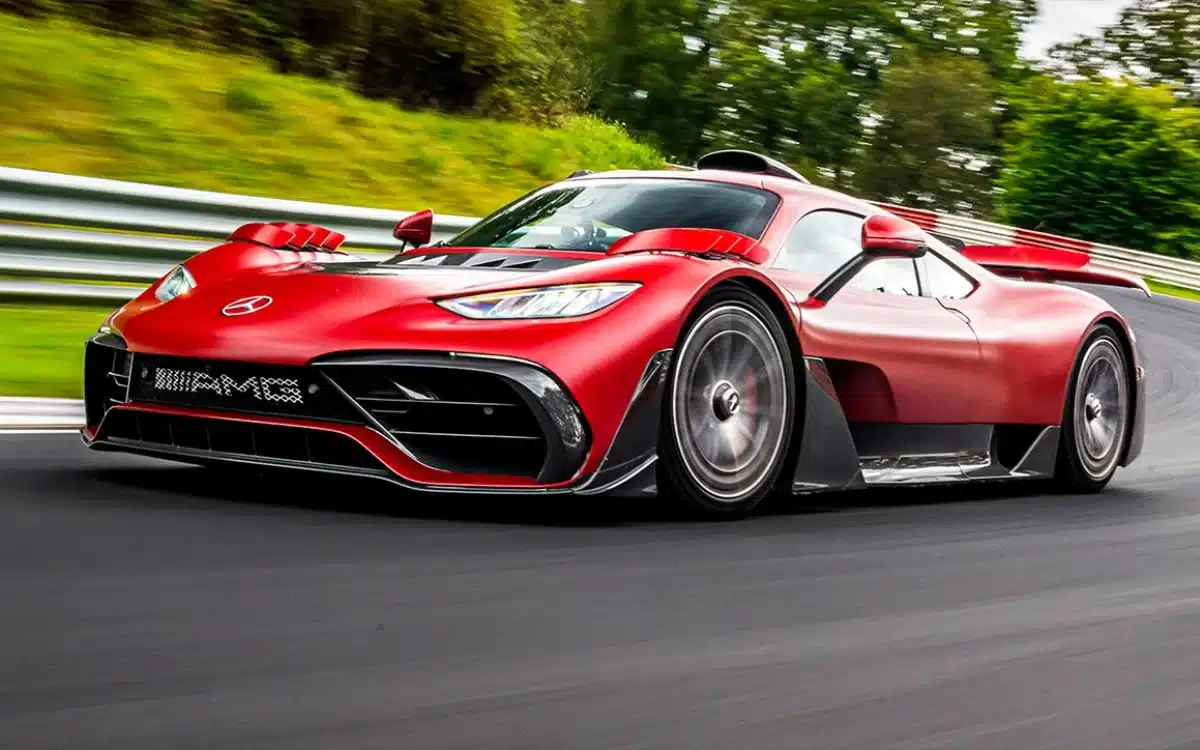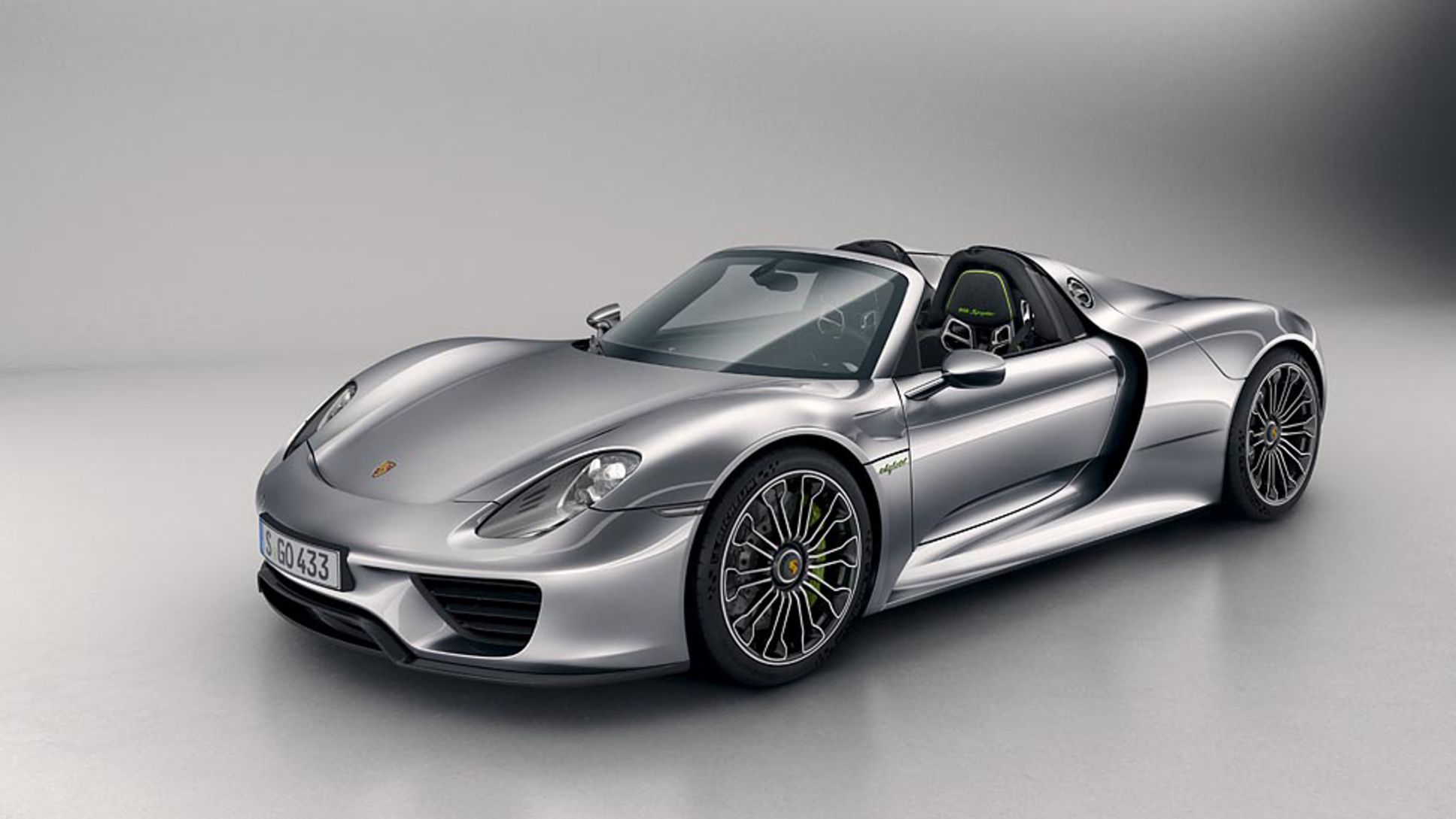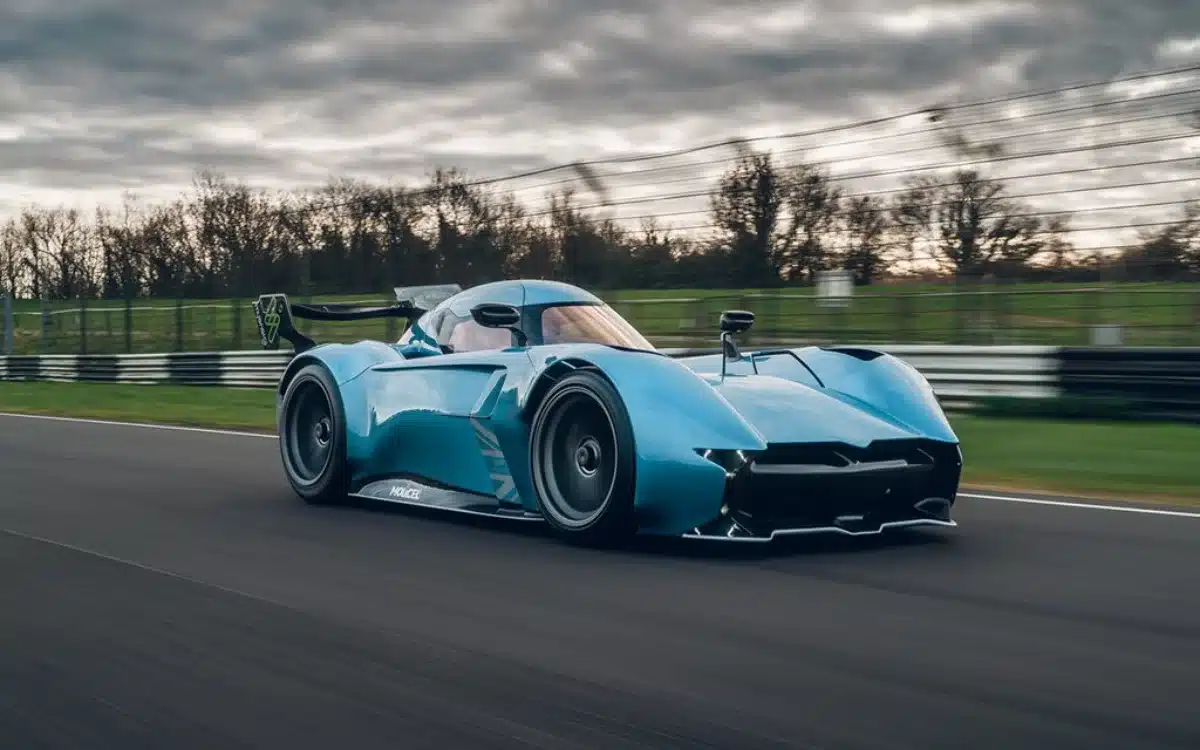Bugatti’s Quest for Speed: Breaking Barriers from the EB110 to the Chiron
Published on Mar 24, 2025 at 4:59 PM | By Alessandro Renesis
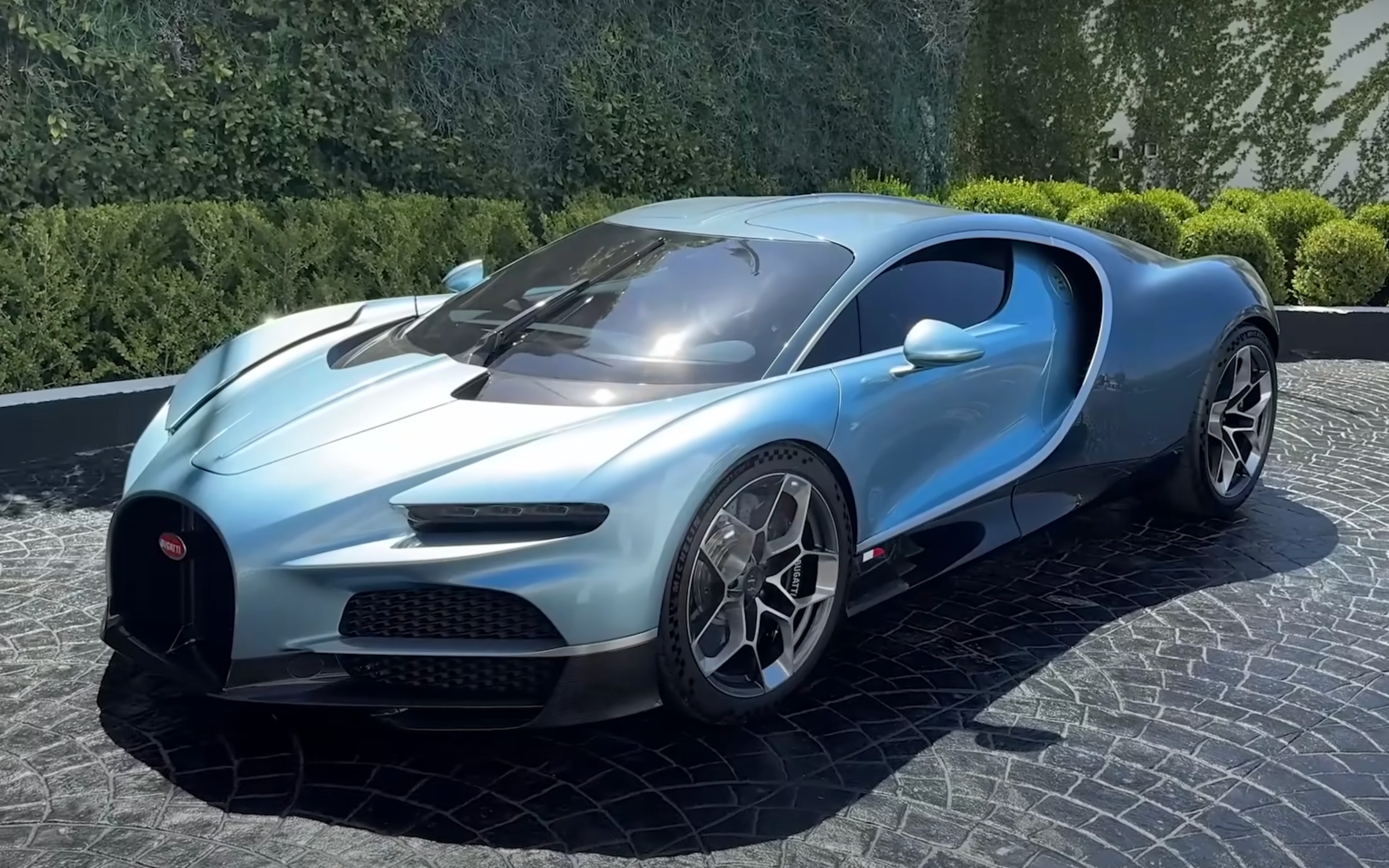
Hollywood’s finest screenwriters would have a hard time writing a better story than that of Bugatti.
Bugatti was founded by an Italian designer in a German-speaking part of France.
It was then sold to a Spanish company before being sold to a German company, and eventually a Croatian company.
And you can tell, because Bugatti distills Italian design with German engineering and, now that it’s Bugatti-Rimac, it also has a Croatian flair.
One thing never changed, though.
Since the early days of the EB110, Bugatti has always focused on performance and speed, with records on top of records.
From the EB110 to the Bugatti Veyron
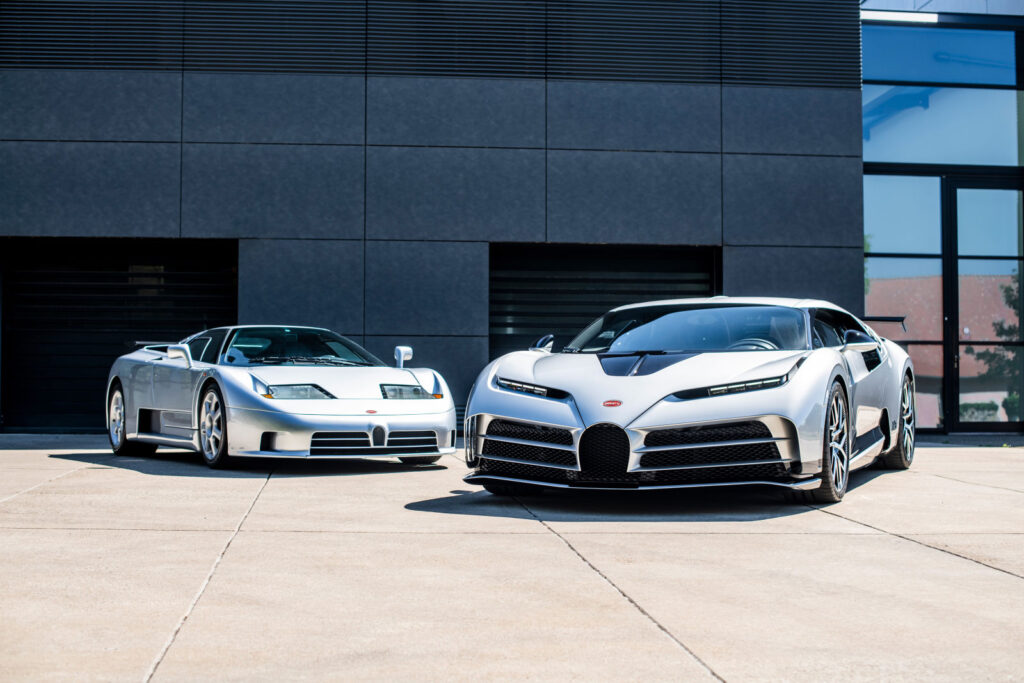
Romano Artioli, the man who also gave the world the Lotus Elise, acquired Bugatti in 1987 and remained at the helm for nearly a decade.
Under Artioli, Bugatti only produced one vehicle, but the company made it count.
In 1991, Bugatti unveiled the EB110, a lightweight supercar powered by a V12 with four turbos.
It was the fastest Italian car in the world when it was unveiled, and it was faster than the Jaguar XJ220 around the Nürburgring.
But Bugatti was essentially a mom-and-pop shop back then, which is why the company had to hit pause after the EB110 and remained quiet for years.
Then, in 1998, Volkswagen acquired Bugatti and began working, mostly behind the scenes, on a new project that we would later realize was definitely worth the wait: the Bugatti Veyron.
Unveiled in 2005, the Veyron was the fastest car in the world, by a significant margin, with a top speed north of 400km/h thanks to its massive W16 engine.
With this new hypercar, Bugatti also pioneered a new business model for supercar manufacturers by extending the shelf life of the Veyron with a long list of limited-edition models.
There was the 16.4, the Grand Sport, the Super Sport, and the Grand Sport Vitesse, which was French for ‘speed’, because of course, all the other Veyrons were apparently not ‘speedy’ enough.
The best-selling hypercar in the world
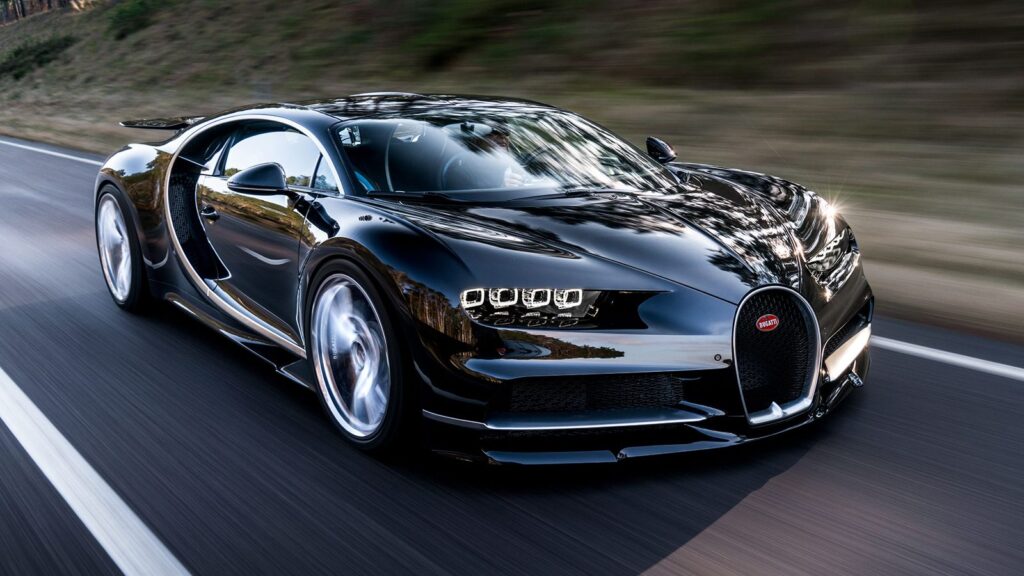
In 2015, Bugatti unveiled the Chiron, an evolution of the Veyron with an even more powerful W16 engine and even more limited-edition models.
The Chiron also broke several speed records.
In 2017, it became the fastest car in the world to get from 0 to 400km/h and then back to 0.
Two years later, it achieved a top speed of 490km/h (304mph).
Like the Veyron, the Chiron was the starting point for a fruit salad of special-edition variants and three ‘new’ models.
The Divo and the Centodieci, a modern-day take on the original EB110, were both based on the Chiron, as was the La Voiture Noire, a hypercar launched in 2019 as a one-off model and sold to a Bugatti collector whose identity has been shrouded in mystery.
The new course
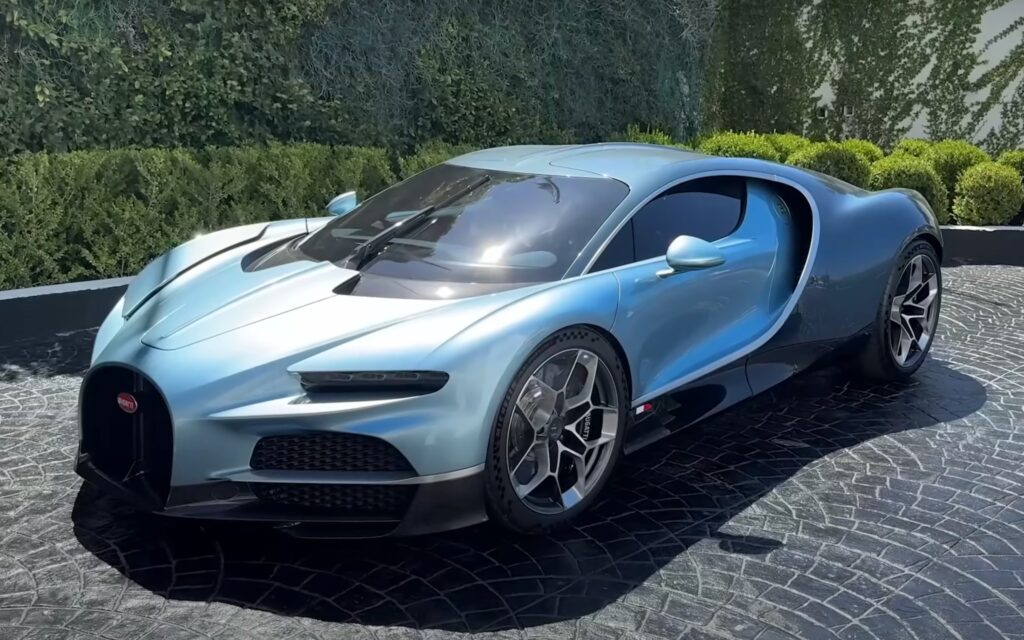
Bugatti was founded in Molsheim, a city in France characterized by a blend of German and French influences, by an Italian designer in 1909.
Since then, the company has changed ownership four times.
It was sold to Hispano-Suiza, a Spanish automaker, in 1963, then to an Italian entrepreneur in 1987, and then to Volkswagen in 1998.
It was then re-incorporated as a French-Croatian company in 2021 when it was sold to Rimac, a Croatian EV manufacturer.
You can’t make this stuff up.
More importantly, this unusual melting pot of ideas is what’s keeping Bugatti great.
Under Rimac, Bugatti launched the new Tourbillon, which is more powerful than the Chiron, faster too.
The Tourbillon has a top speed of 445km/h, which goes to show the company’s priorities haven’t changed.

